Final Report for OW12-030
Project Information
SARE Cover Crop Project Final Report DR5
Grain farmers of Spokane and Lincoln Counties, WA, want to improve soil health on their land without compromising cash crops that are proven for this area, which depends heavily on winter precipitation. This project was a feasibility study for cover- and companion crop mixes for use in this dryland cropping zone. So far, seeding cover crops in the spring in place of fallow, results in excessive loss of soil moisture so that getting a crop germinated that fall has proven risky. Growing companion crops together with a cash crop shows potential for reaching the desired goal. However, many questions remain to be answered by future research.
Introduction
Dryland grain farmers in Lincoln and Spokane Counties, WA, want to improve soil quality on their farms. In 2011, farmers who attended a WSU (Washington State University) Extension workshop were inspired and intrigued by the success of Midwest farmers in using cover crop cocktails for this purpose. A group of innovative growers developed the goal of learning how to include a cover crop or companion crop in their rotation to raise soil organic matter levels, break disease cycles, suppress weeds, penetrate soil compaction layers, and improve soil fertility by fixing atmospheric nitrogen. In addition, they want to make this system work with the winter precipitation (Mediterranean climate) of the area.
We used the following definitions.
Cover Crop – a crop grown to feed/benefit the soil. No harvested material leaves the field, it is incorporated by tillage or sprayed down.
Companion Crop –a cover crop grown together with a harvested/cash crop
Cover Crop Cocktail – a mixture of several species as cover crop. It may include warm and cool season species, grasses to provide biomass, legumes to fix atmospheric nitrogen, and broadleaf crops with a tap root to penetrate hardpan layers.
Cover crops, also known as green manure, were grown commonly in eastern Washington prior to the advent of synthetic fertilizers in the 1940’s. One of the farmers in the group had childhood memories of growing yellow sweetclover (YSC) on their farm as a green manure. Widespread use of this species ended when widespread insect damage in the YSC made it impractical to grow (G. Dobbins. April 2011. Personal communication).
Subsequent local research into cover crops has had varying results. Walter Goldstein reported that crimson clover showed promise as a cover crop species (W. Goldstein. 1986. WSU PhD dissertation). In an on-farm project, Lincoln County farmers found that Black medic was not sufficiently competitive as a companion crop (J. Jahn and C. Carstens. 1992. Personal communication). In testing a wide array of cover crops at Pullman, USDA (United States Department of Agriculture) researchers concluded that nothing was economic (D. Huggins. 2011. Personal communication).
None of this research, however, looked at multi-species cover crops. The advantage of using a cover crop cocktail is twofold. Different species provide different soil benefits, and if one species in the mix fails to grow, others will take its place.
The local farmer group recognized that successful developments in Midwest states, which have a summer rainfall pattern, would not necessarily translate directly to eastern Washington where most of the annual precipitation occurs in the winter months. For example, an organic farmer from Big Sandy, Montana, has developed a system for growing all his fertilizer in the form of cover crops and companion crops (including yellow sweetclover) on his 4,000 acre dryland farm. However, although his total annual precipitation is similar to Davenport, WA, June is typically the wettest month on his farm. This enables him to grow warm season species that do not thrive in eastern Washington (R. Quinn. July 2008. Personal communication).
The model for this project was that the farmer collaborators developed the ideas for which cash cover crops to try, and they grew a demonstration block on their farms. The Extension professionals repeated these tests in randomized, replicated strips (about 18 ft wide by 200 ft long) on the WSU Wilke Research Farm at Davenport, WA.
The project began (prior to funding from Western SARE) in the spring of 2011. While interest in the project from around the region has been high, we do not yet have “proven recipes” to share with other growers. It is truly a work in progress.
While the Wilke Farm and most of the farmers in the group use direct seeding/no-till farming, we believe that these cover crop methods should benefit any type of farming system.
Experiment with cover crop cocktails and companion/intercropping to develop mixtures and places in the local dryland grain rotations where they benefit soil health and moisture retention.
In all the following trials, we took soil tests each season to track changes in soil moisture, organic matter, and nutrients.
Cooperators
Research
Cover Crops
Cool season cover crop (Wilke Cover Crop Trial A)
The group started the project in 2011 by growing a cover crop cocktail that was a 9-way mix: oats, peas, crimson clover, hairy vetch, mustard, safflower, sunflower, purple top turnip, and a sorghum-sudangrass hybrid. Details of the trial at the Wilke Farm are included in the table for Wilke Cover Crop A (Table 1).
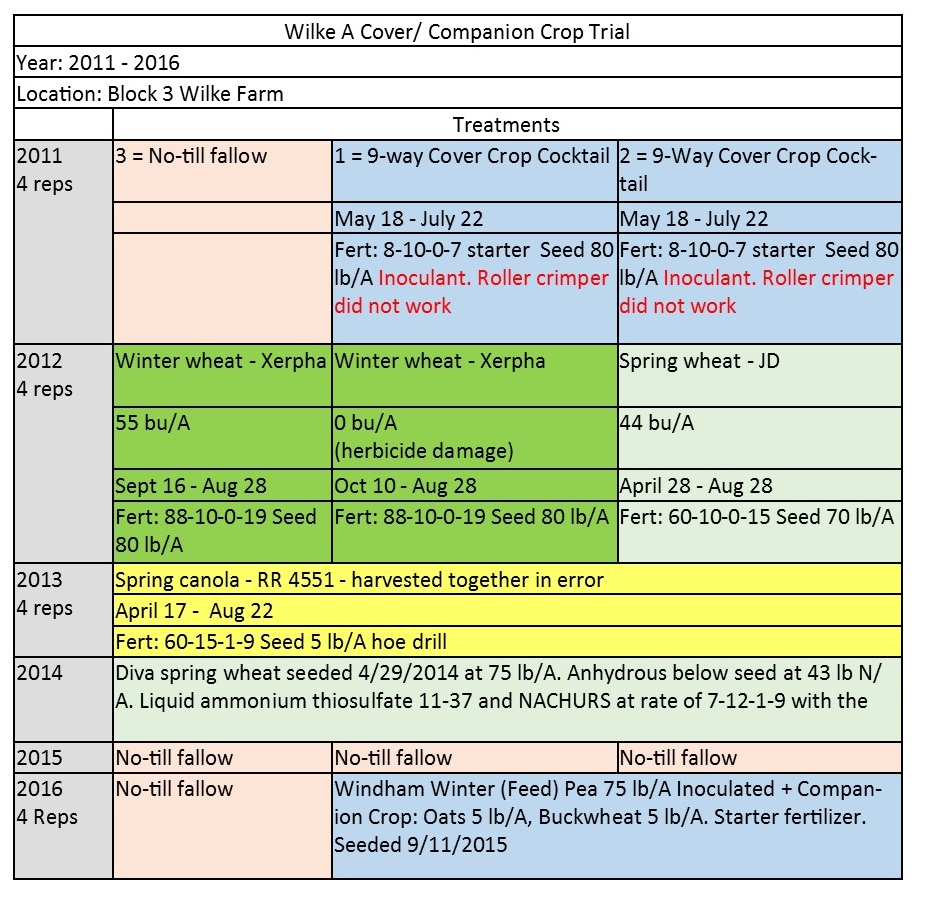
Table 1. Cover/companion crop details 2011-2016
The cover crop plots were seeded in the place of no-till fallow, and there was a fallow check. There were 4 replications of each treatment. The crop grew well but did not canopy enough to prevent evapotranspiration. It was terminated at flowering (Figure 1).

Figure 1. Cool season cover crop 2011
We tried to use a roller-crimper to crush the stems of the plants and prevent further moisture loss (compared with mowing). However, the oats were so resilient that by the next day they were standing vertical and brought everything else back upright with them. So we sprayed out the crop with glyphosate.
Crop details for subsequent years are in Table 1.
Warm season cover crop (Wilke Cover Crop B)
In 2012 we used a 5-way cover crop mix – per the recommendation of Jill Clapperton to have fewer species in this drier (than the Midwest) climate. There were more warm season species in the mix – proso millet and buckwheat – as well as faba bean, flax, and crimson clover. The treatments and details are shown in Table 2.
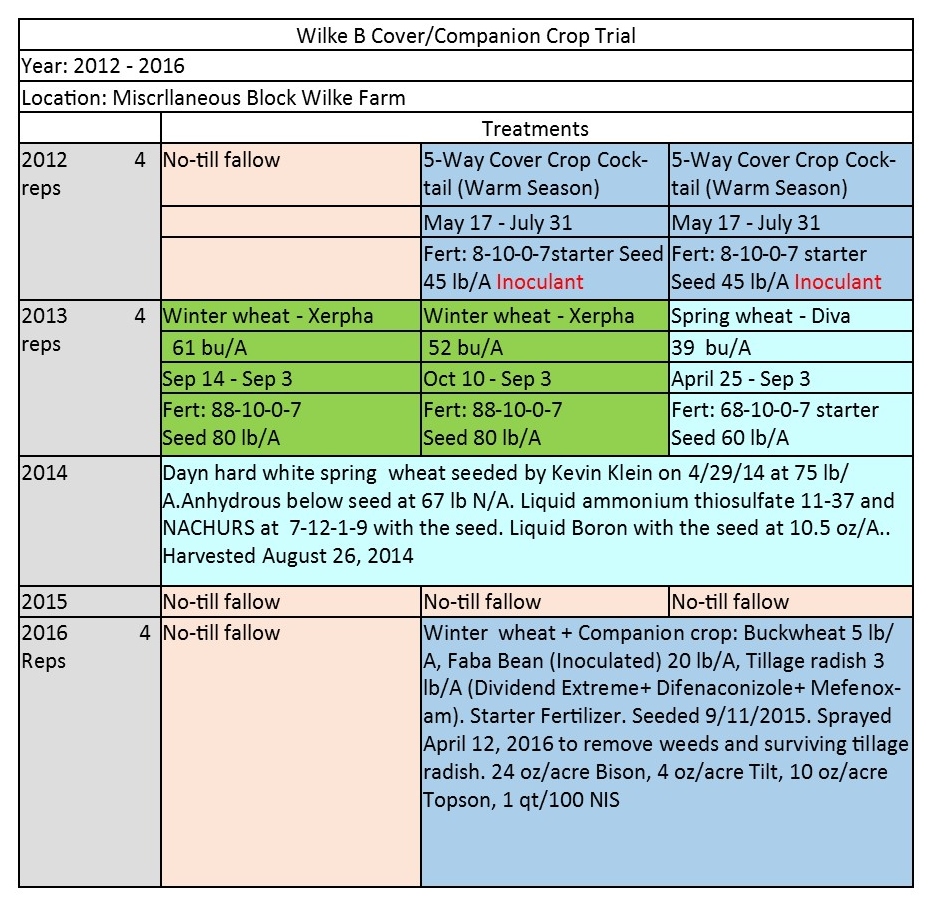
Table 2. Cover/companion crop details 2012-2016
The summer of 2012 was the closest to a “summer rainfall” that the area has had in the past 20 years – as evidenced by widespread incidence of stem rust in farm fields. Stem rust depends on summer moisture for development and spread. The cover crops grew well, and canopied better at the Wilke Farm than the mixture the previous year (Figure 2). Details for subsequent years are in Table 2.
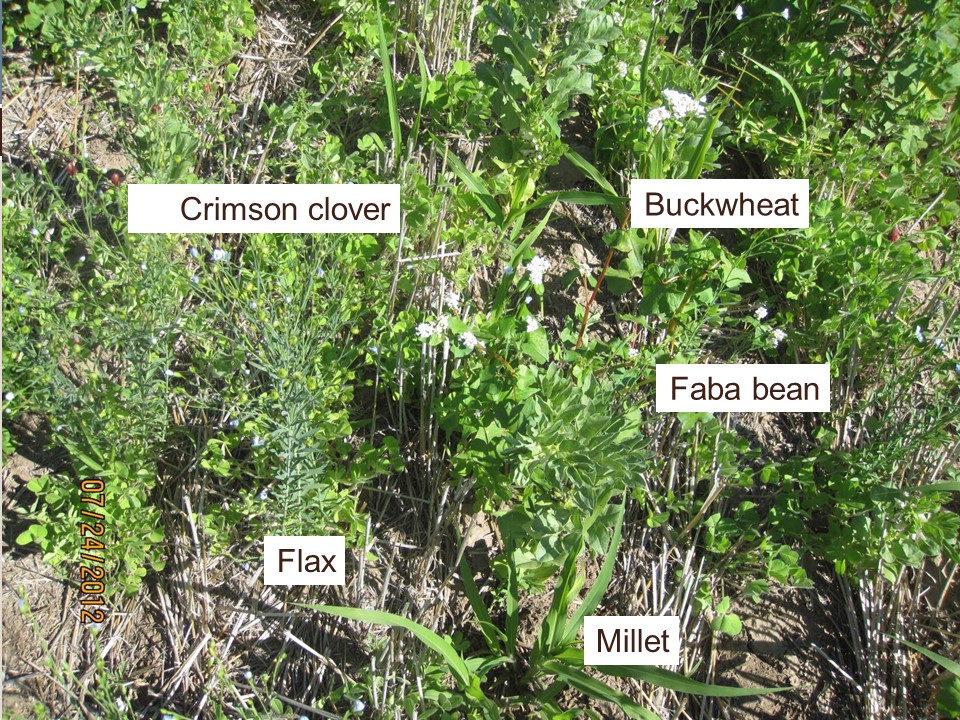
Figure 2. Warm season cover crop 2012
Companion Crops
Spring barley with yellow sweet clover
After 2011, the farmer group decided we need to focus on growing companion crops (rather than cover crops) that fit with our rainfall patterns and do not detract from establishing cash crops.
Prior to the development of synthetic fertilizers, farmers in the area grew yellow sweet clover (legume) to provide nitrogen for their soil. The plant fell out of use due to insect infestations, but it has naturalized in the region and grows in ditches and waste areas. We decided to try growing it as a companion crop – as used by Bob Quinn at Big Sandy, MT.
Yellow sweet clover (YSC) is a biennial. In 2012 we seeded YSC (broadcast with a hand-held fertilizer spreader) and cross-seeded the field with barley using a direct seed drill. Details are in Table 3.
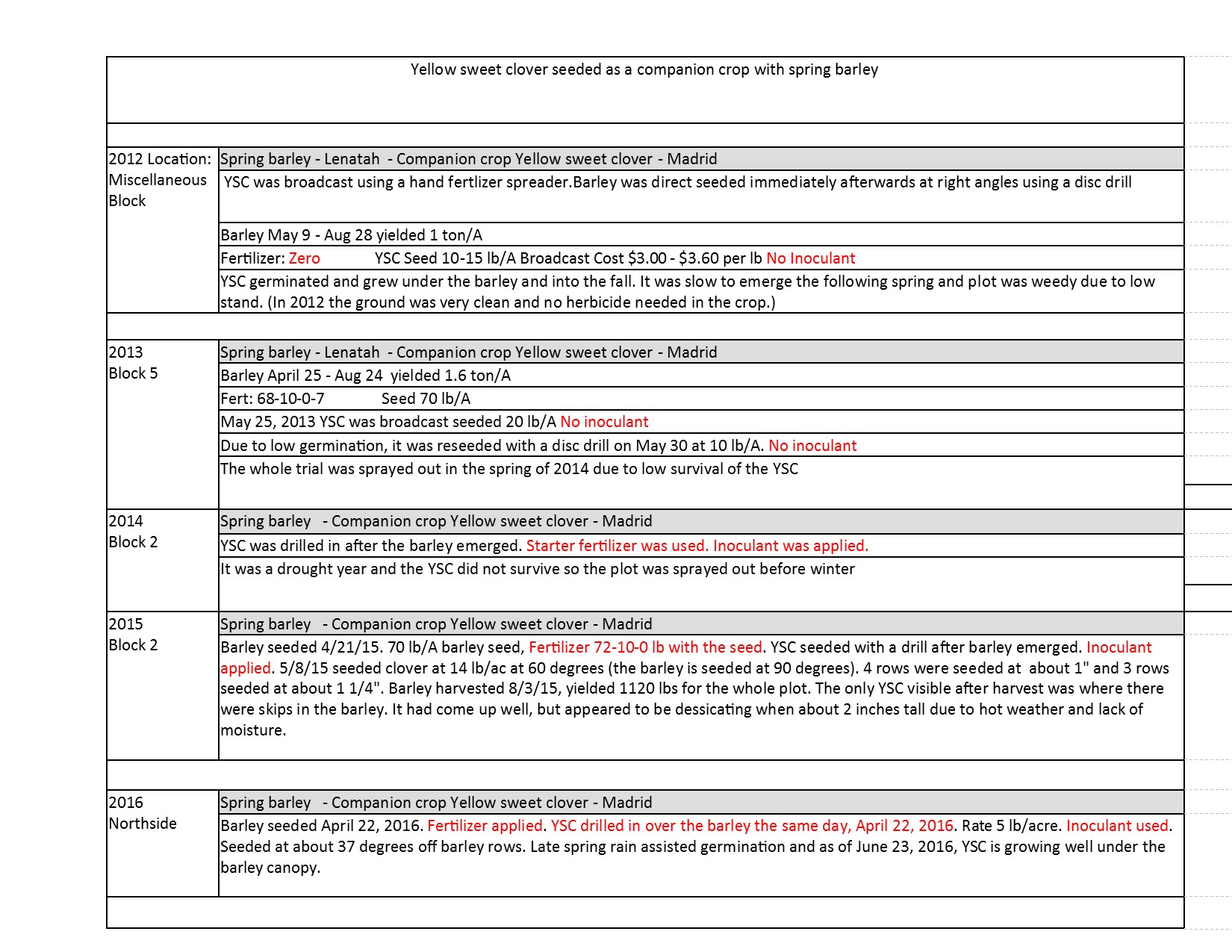
Table 3. Companion (yellow sweetclover) crop details 2011-2016
The barley grew and was harvested as normal – except we used no fertilizer (we should have done) and there was no in-crop herbicide (field was very clean). The YSC was short under the barley. It went dormant in the fall and winter, and started growing again the next spring (2013).
We sprayed the YSC out at 2 treatment stages: bolting and flowering. The theory is that rhizobia nodules slough off the roots of legume crops at flowering so they stop fixing nitrogen. We wanted to compare the effects of delaying the crop termination.
We repeated experimenting with ways to successfully establish YSC from 2014 through 2016, with details in Table 3.
Winter canola with companion crop mixture
In the fall of 2013 we seeded a companion crop mixture with winter canola, following the lead of farmer collaborator Charles Gross. Details are in Table 4.
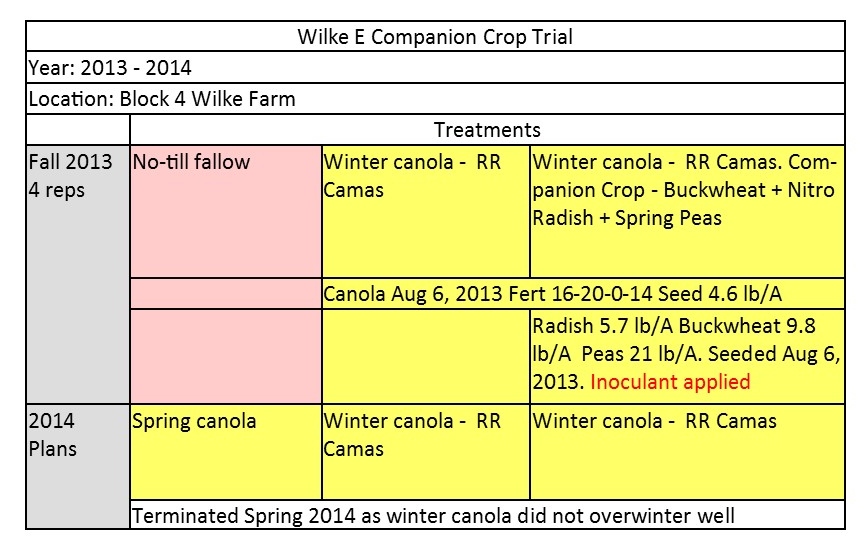
Table 4. Companion crop details 2013-201
The idea here is that the companion crop: buckwheat (makes phosphate available), tillage radish (penetrates hardpan), and peas (fix atmospheric nitrogen) will grow in the fall then die out over winter and hopefully not detract from the cash crop. We used a Roundup Ready canola – which was not the best choice as they are not as well adapted to the area as other varieties. We should have stuck to the belief that the companion crops will winterkill and no spraying out be necessary.
The fall was the best in years for seeding and the plots looked fabulous! One concern was the seeding rate of the companion crop being a little high and detracting from winter canola growth.
Winter pea with companion crop mixture
In September 2015, the Wilke Farm received more than 1 inch of rain so we were able to seed fall companion crops. We seeded oats and buckwheat with winter pea (Table 1) in the longterm plots established in 2011. We took fall and spring soil samples.
Winter wheat with companion crop mixture
In September 2015, the Wilke Farm received more than 1 inch of rain so we were able to seed fall companion crops. We seeded tillage radish, faba bean, and buckwheat with winter wheat (Table 2) in the longterm plots established in 20121. We took fall and spring soil samples.
Cover crops
Cool season cover crop (Wilke Trial A)
In 2012 the plots were seeded to a winter or spring wheat (Table 1). The cover crop removed so much moisture from the soil that seeding winter wheat into it was delayed compared with the winter wheat on fallow ground. The disparity in wheat development resulted in herbicide damage when this was applied – thus the yield for winter wheat after cover crop, was 0 bu/acre versus 55 bu/acre for winter wheat following fallow. The spring wheat following cover crop yielded average for the area (44 bu/acre), so did not appear to benefit from the previous cover crop.
In 2013, the plots were all seeded to spring mustard. The intent was to harvest them separately but this didn’t happen. In 2014, the plots were all seeded to spring wheat. The intention was to seed some sort of cover crop in the fall of 2014, but this was not possible due to dry conditions.
We took extensive soil samples of each trial, each sample point being from several sample points within a plot and the plot data averaged over 3 or 4 reps per trial. Following are a few of the charts developed.
Treatments for Trial A are as follows:
1 = winter wheat after cover crop
2= spring wheat after cover crop
3 = winter wheat after no-till fallow
Figure 3a to 3c show how the cover crop treatments removed moisture from the soil initially. Treatment 1 then had slightly higher moisture at all depths shown in 2013, then the levels converged in 2014 as the effect of the cover crop diminished.
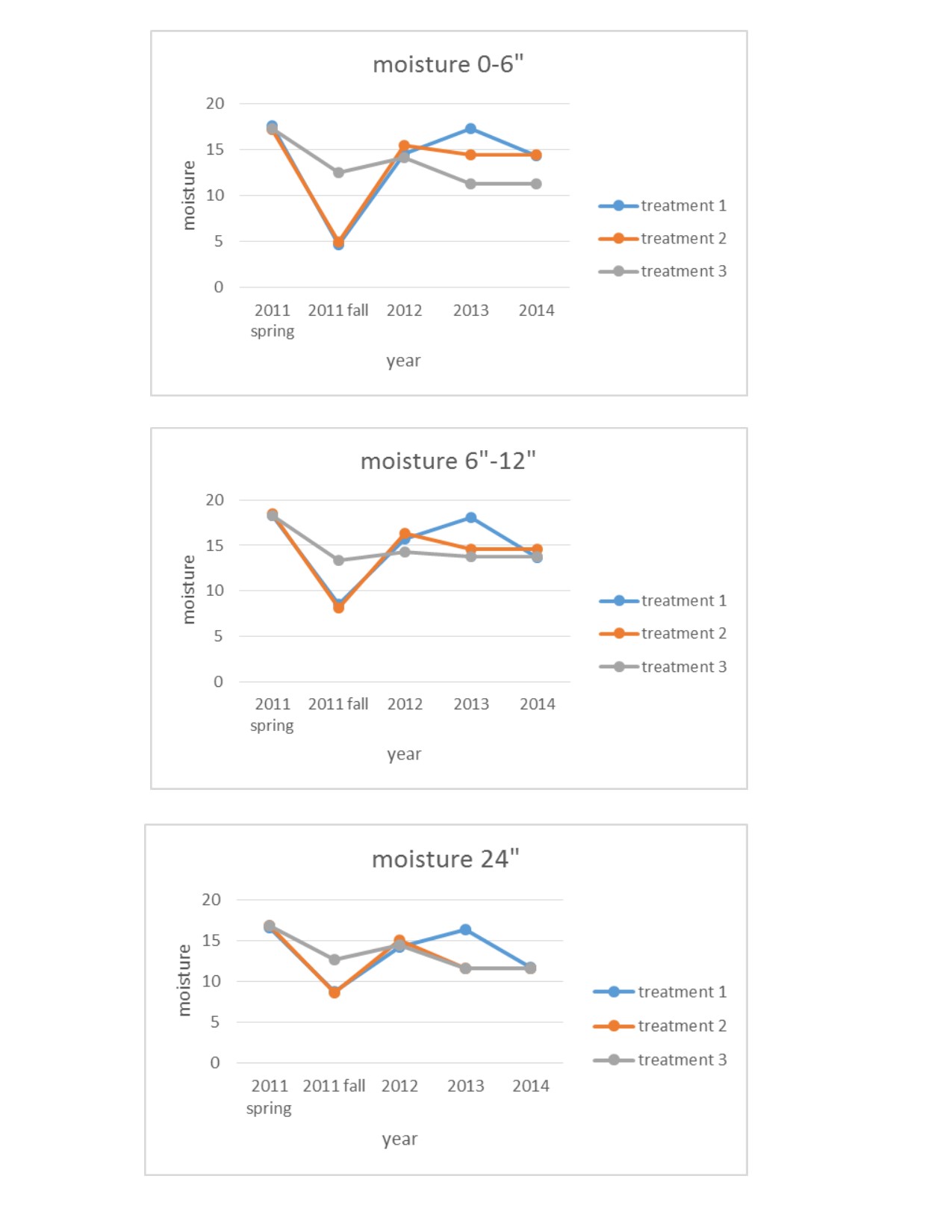
Figure 3a to 3c. Soil moisture during and following a cool season cover crop mixture.
We also charted soil sample data for organic matter (%), pH, and Total Nitrate (lbs). Charts in Figure 4 indicated that the cover crop provided extra nitrogen in 2012 over the previously fallow treatment (3) in the 6 to 12 inch zone. Caution should be taken in interpreting these data as absolute differences are small (6 lb)
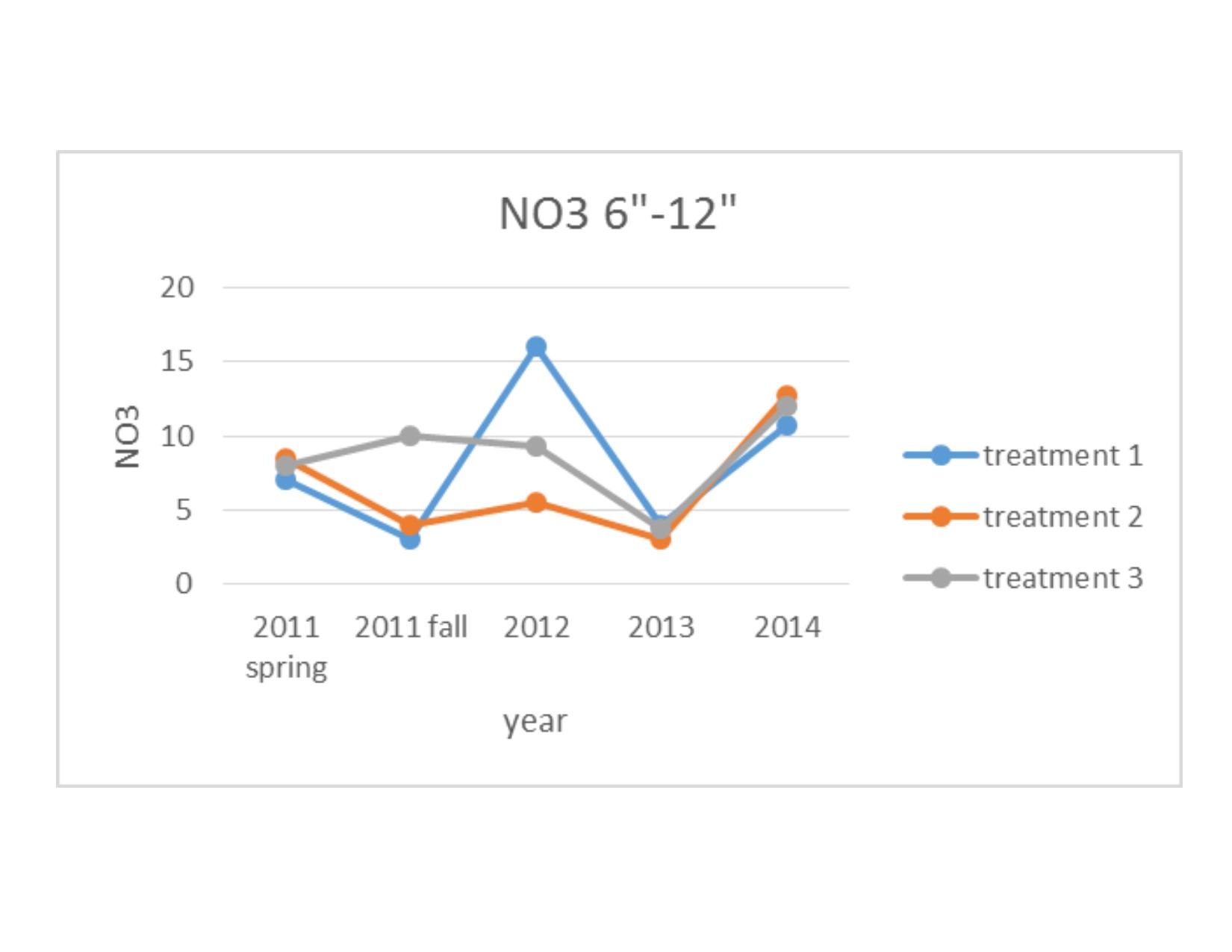
Figure 4. Total nitrate levels following cover crops grown in treatments 1 and 2 in 2011.
Warm season cover crop (Wilke Cover Crop B)
In 2013, the plots were seeded to winter and spring wheat (Table 2). The winter wheat following cover crop yielded 52 bu/acre versus 61 bu/acre for winter wheat seeded on fallow ground. Spring wheat after cover crop yielded 39 bu/acre. These yields do not show the cover crop benefitting the subsequent crop.
Companion Crops
Spring barley with yellow sweet clover
Details of establishing YSC with barley (Figure 5) are in Table 3. We learned the hard way that inoculant must be applied with YSC (and every legume) to ensure nodulation. In our system, broadcasting the YSC seed and drilling the barley over the top buried too much YSC seed. Seeding the YSC after barley establishment (to enable an herbicide application) meant the YSC was too shaded or short of moisture to establish. In dry summers (2014 and 2015) the YSC emerged but desiccated under the barley. YSC may be slow to emerge in the spring of its second year.
In 2016, YSC seeded right after the barley (same day) at a slight angle and at a rate 5 lb/acre germinated well and was able to benefit from June rains. So far, this is the most promising result.
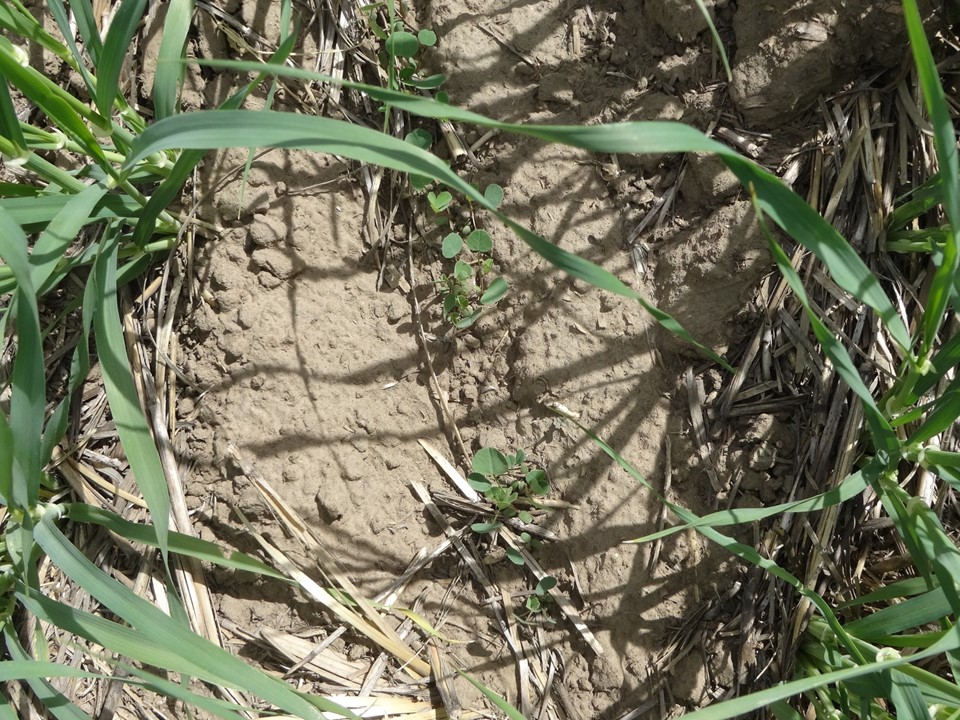
Figure 5. Yellow sweetclover seeded with spring barley
Winter canola with companion crop mixture
With good fall moisture the crops grew extremely well in the fall. Tillage radish reached about 3-4 pounds in weight (Figure 6)! As they froze out, they resembled loofahs and left holes into which moisture could percolate. Unfortunately, the winter canola froze out also (Roundup Ready cultivars are often not as winter hardy as other varieties) so the trial was terminated in the spring of 2014. Also, the companion crop was seeded at regular rates of each component which was too high and choked out the canola. (Table 4).
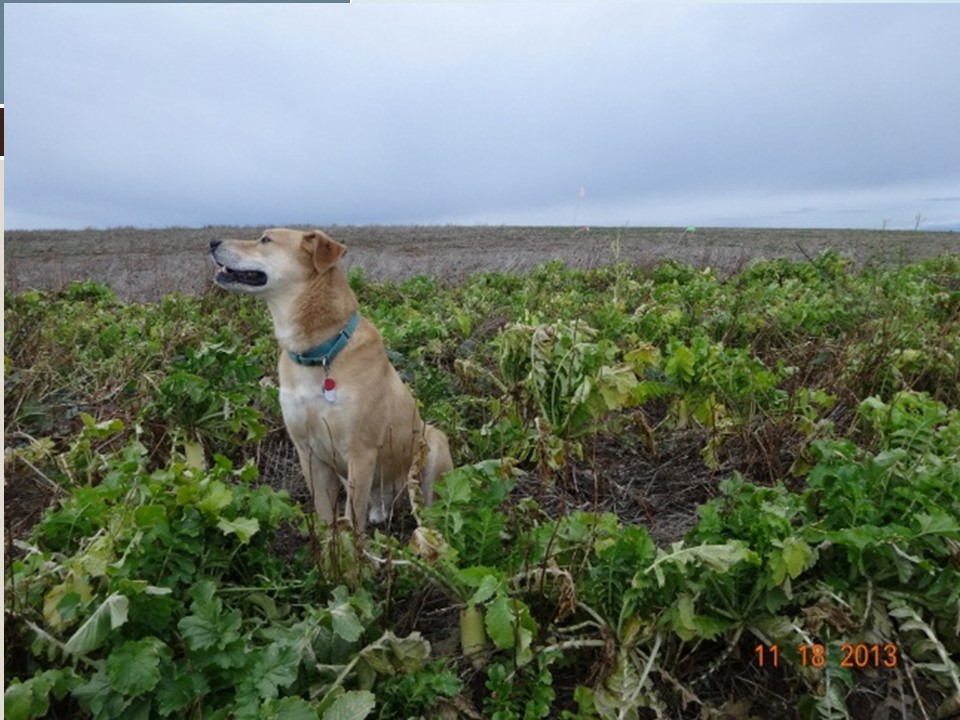
Figure 6. Tillage radish as part of a companion crop in 2013
Following are soil test results from this trial. The most interesting sample in the soil moisture data was the 6-12 inch zone that had more moisture in the spring in plots that had a fall planted crop (Figure 7). It’s possible that the decaying tap roots of canola and tillage radish did allow moisture penetration and storage over winter.
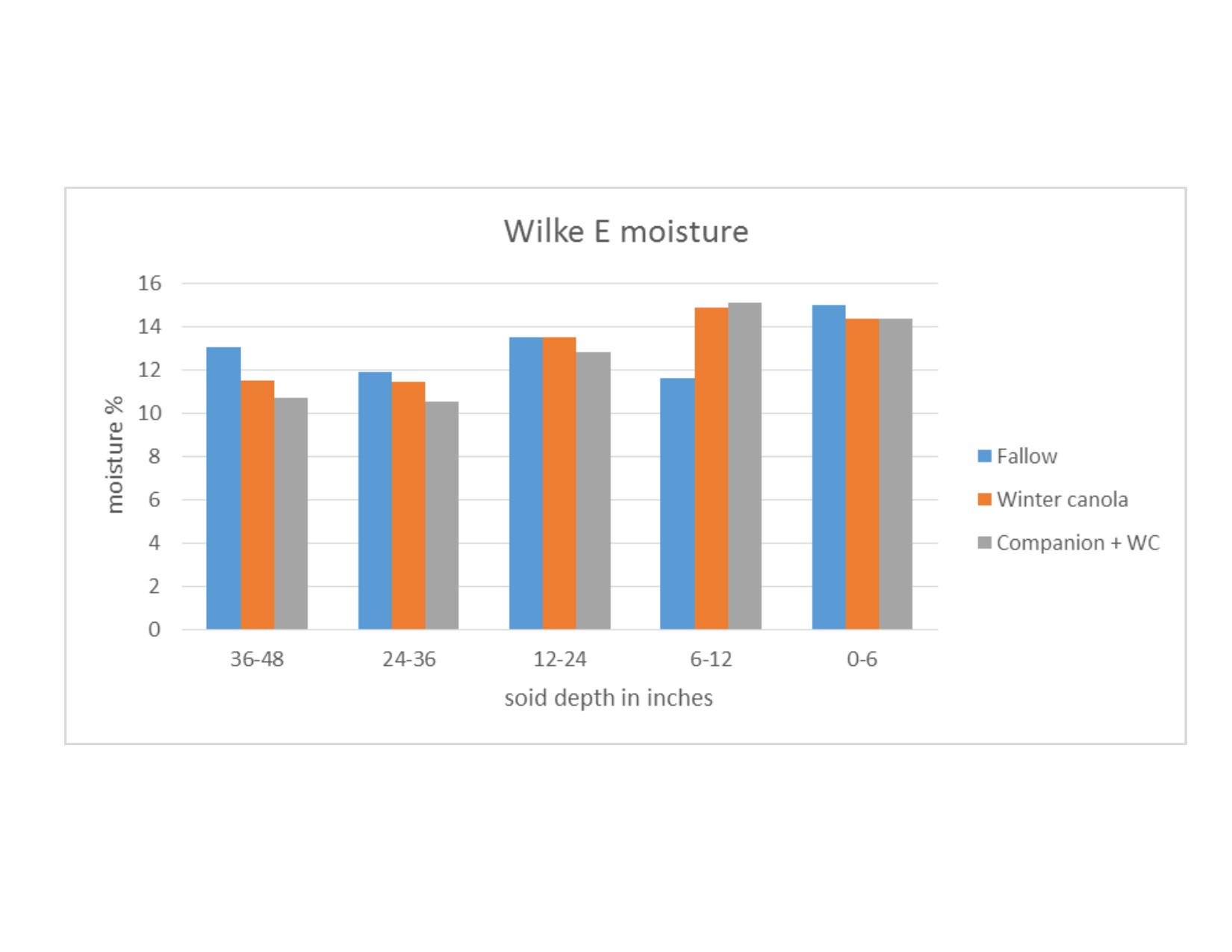
Figure 7. Soil moisture tests from Wilke Trial E taken spring 2014
The nitrate levels (Figure 8) indicated that the canola plus companion crop was capable of mining nitrogen from the soil.
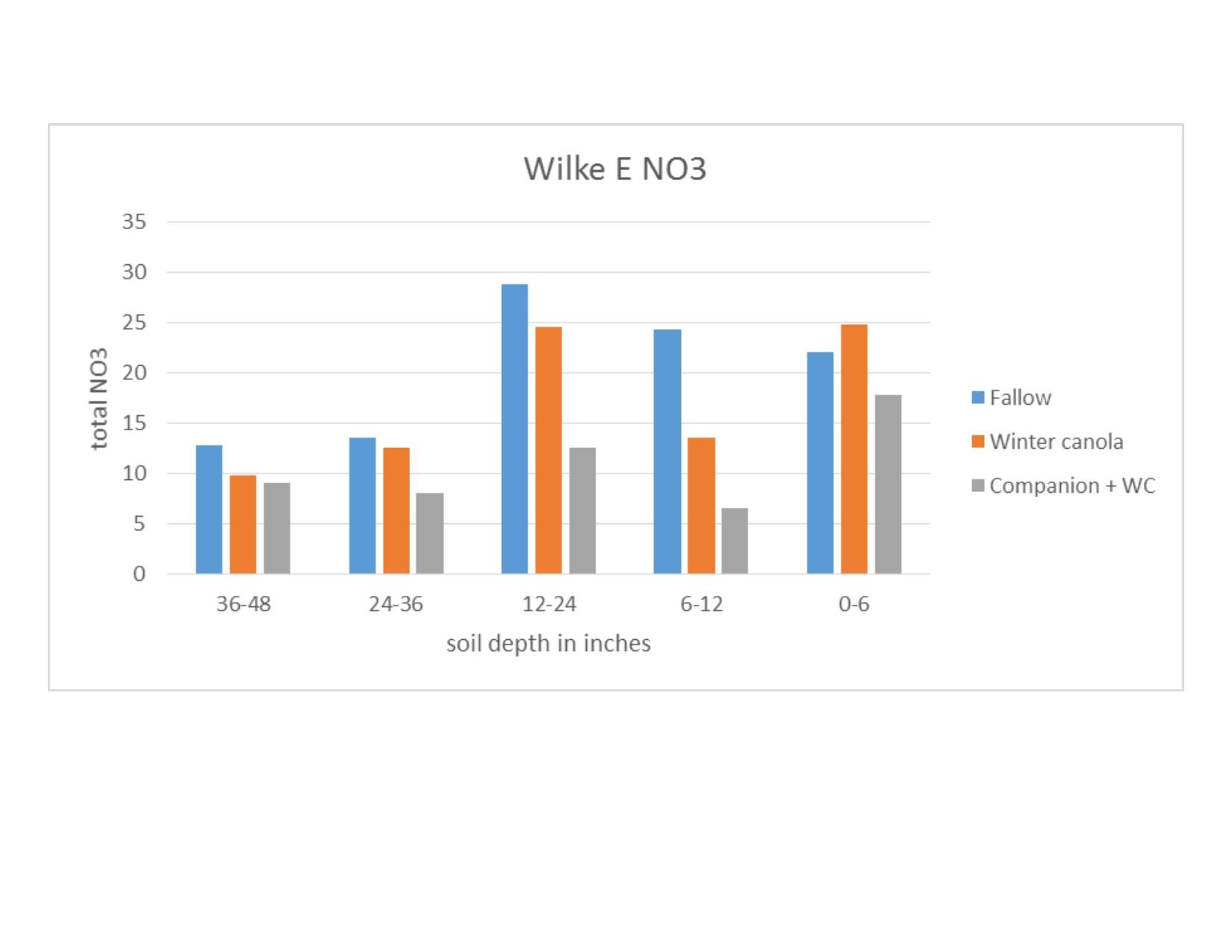
Figure 8. Total nitrate levels in Wilke E soil tests
Winter pea with companion crop mixture
The crops grew well in the fall (Figure 9), the buckwheat and oats froze out and the winter peas are being grown to harvest (Table 4). Soil tests taken in the spring did not show any meaningful differences between treatments.
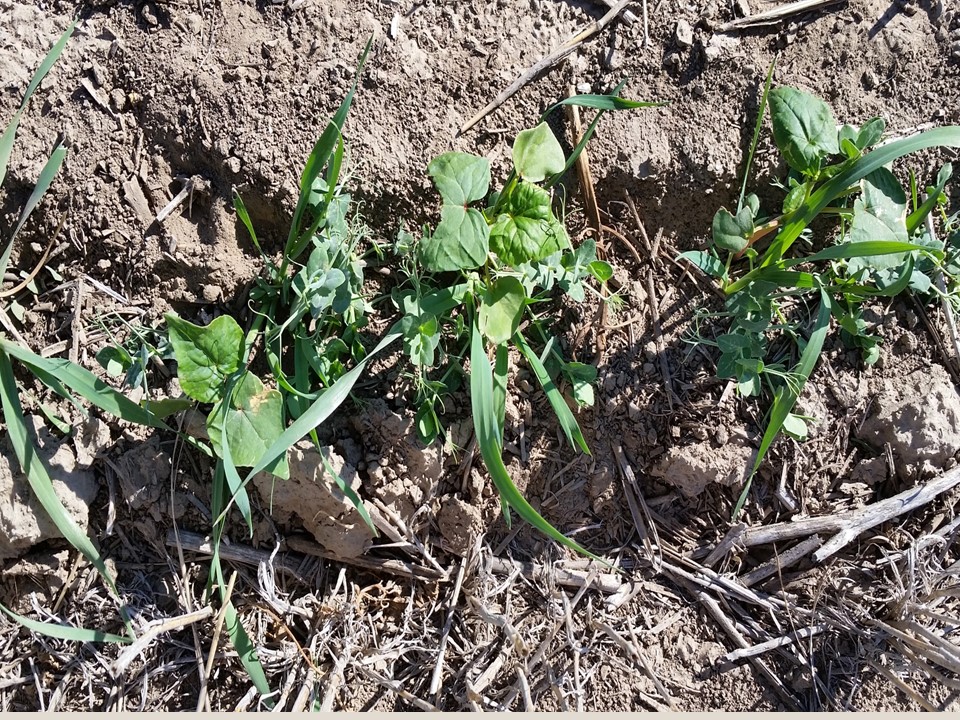
Figure 9. Companion crop with winter pea, fall 2015
Winter wheat with companion crop mixture
The crops grew well in the fall (Figure 10), the buckwheat and faba beans froze out. The tillage radish survived and was sprayed out in the spring (Table 5). The winter wheat is being grown to harvest. Soil tests taken in the spring did not show any meaningful differences between treatments.
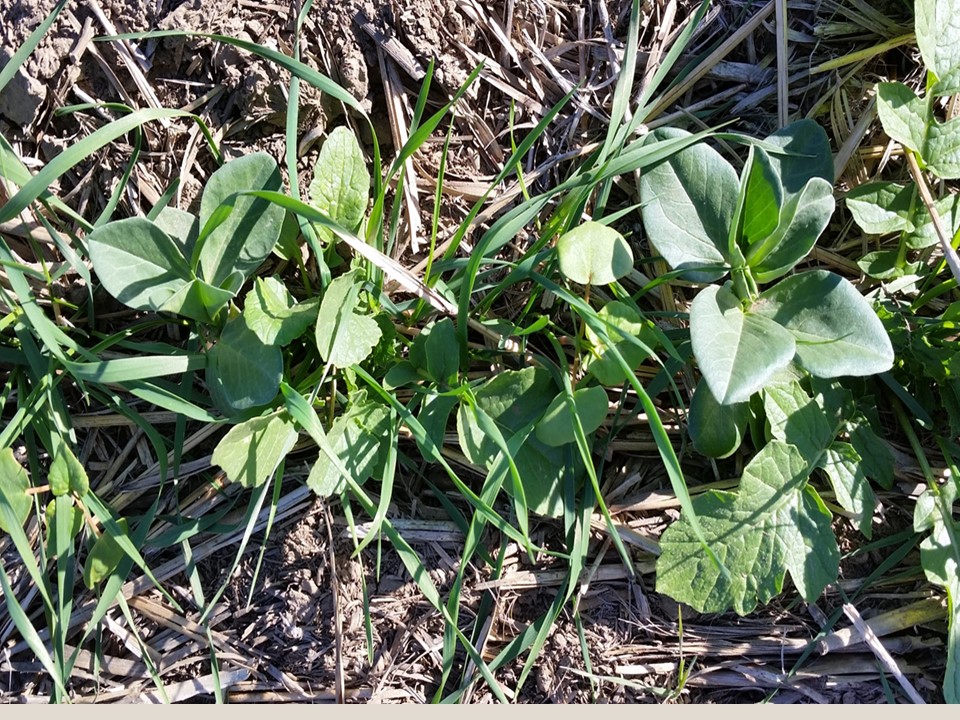
Figure 10. Companion crop with winter wheat, fall 2015
Research Outcomes
Education and Outreach
Participation Summary:
Regional interest in this project has been high, especially as trade journals from the Midwest often publish articles on cover crops. Also, the NRCS is offering EQIP contracts for cover crops. We recommend that growers start out with small areas (less than 30 acres) of cover crops as this is not a proven methodology for the area.
In 2013 we offered 3 field tours of the Wilke Farm and some of the cooperating farms; June 14, September 26, and October 18 – with 48 participants.
In 2014, we spoke at 3 field tours, reaching 101 participants. We spoke at 3 workshops, including the tristate (WA, OR, ID) Pacific Northwest Direct Seed Association conference, with a total of 130 participants. A survey at the PNDSA conference showed that 70 % of attendees were interested in trying cover crops prior to the talk, and this level rose to 75% after that talk. 62% rated continuation of the research Highly Important (5) and 23% rated it Fairly Important (4) on a ranking scale of 1 to 5.
In 2015 we held two cover crop field tours reaching 40 people and spoke at 3 workshops reaching 185 people. In a 2015 grower survey conducted by the WSU Extension dryland team, 47% of respondents had increased their understanding of cover crops, 21% had experimented with cover/companion crops, and 14% planned to try them in the future.
We plan to publish this grant report as a peer-reviewed, WSU Extension Technical Bulletin that will be available online at WSU Bulletins and www.smallgrains.wsu.edu
Education and Outreach Outcomes
Areas needing additional study
Much additional work on companion crops is needed before we can make recommendations to growers. This includes companion mixes that work well with existing cash crops, economics of companion crops, and soil health benefits such as water retention, organic matter content, hardpan resolution, nitrogen fixation, and nutrient availability. Also, how to fertilize companion and cash crops, what seeding rates are effective, and how to seed them cost effectively on a commercial scale.